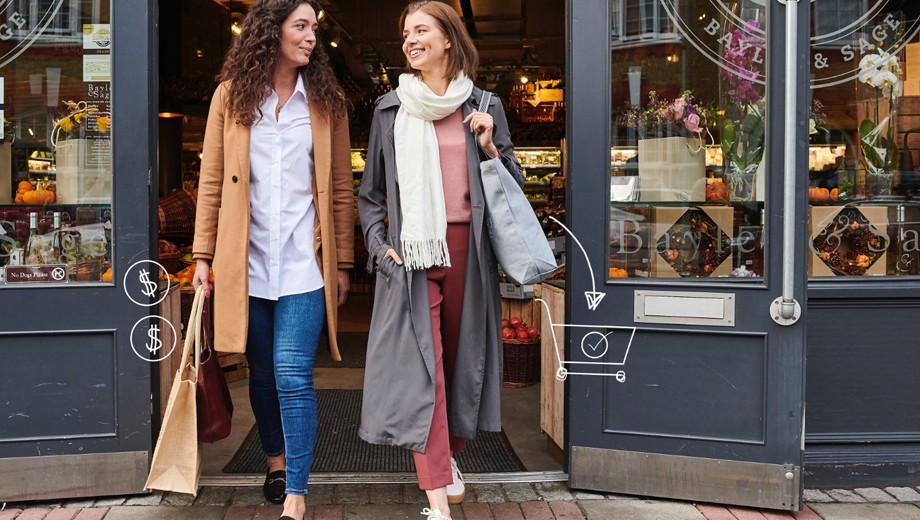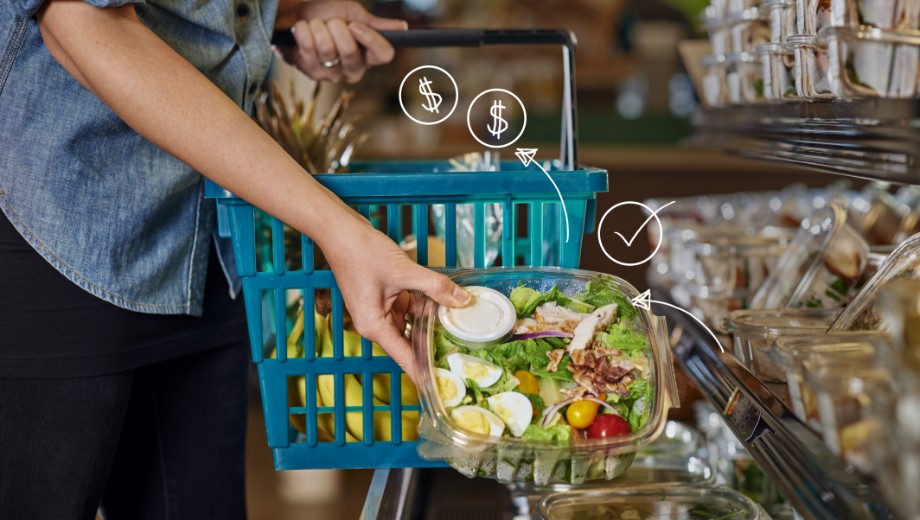Spending on store technology is already up 3.7% over last year, with the convenience and grocery segments driving that spike. Daily downloads of grocery apps due to COVID-19 jumped 218% in the early part of this year. Venture funding for U.S.-based food tech companies has increased a dizzying 1,566%, from $60 million to $1 billion. And 17% of grocery sales can now be attributed to digital efforts, up from 5% in 2018.
So the question now isn’t whether the grocery industry will implement technology to implement frictionless shopping. The question is, which of the available technologies will prevail?
While some analysts predict the dominance of one solution over the others, the smarter bet is on ecosystems of combined technologies in which various solutions play to their particular strengths.
Vision-based systems for example, are impressive technology. The interplay of cameras, sensors, and artificial intelligence is a wonder, and who isn’t wowed by the grab-and-go experience?
Yet for many grocers, vision-based systems can be costly and impractical to implement. They require a specific, controlled store environment that means retrofitting existing stores and designing new ones to fit the system rather than the retail brand. They’re also not accurate when it comes to differentiating among variable weight-price items that look similar, such as wedge cheeses, packaged cut fruit, and cuts of meat. Plus, the benefits of vision-based systems are largely limited to the customer experience, with little back-end ROI.




